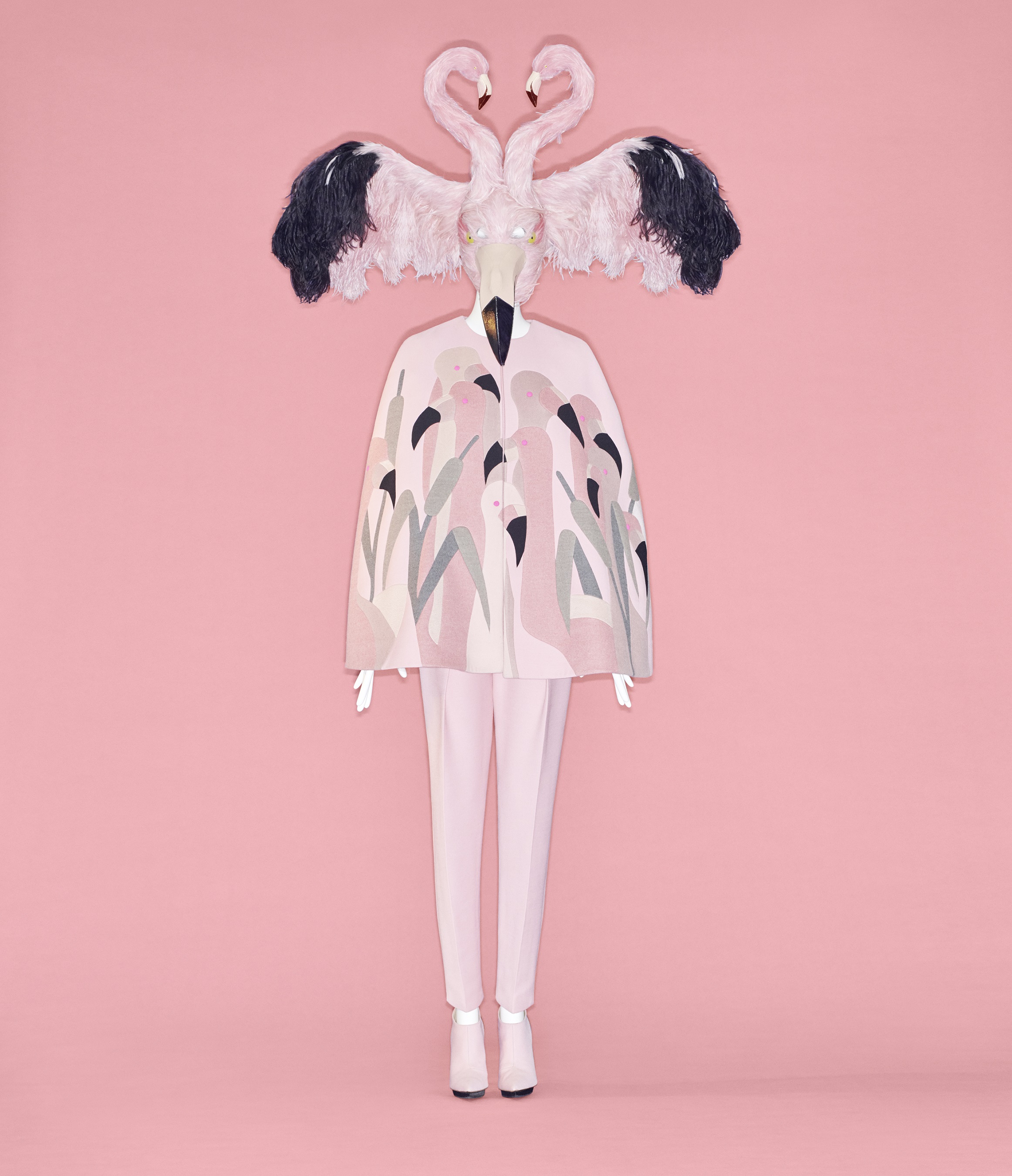News feed

Light. Playful. Frivolous. Excessive. Silly. Camp: Notes on Fashion is the Met Gala theme we need in 2019.
We are living in anxious times. Humanity is experiencing a moment of reckoning in almost every sense; the pollution of the earth, abuses of power, racial inequality, and on.
Anna Wintour, chair of the Met Gala for two decades, knows this. The editor-in-chief of Vogue is aware we’re in desperate need of light relief. So she waved her custom Chanel wand and made this year’s Met Gala an opportunity to celebrate and express all that is extravagant, absurd and colourful. To have some damn fun.
Camp: Notes on Fashion, the exhibition the attendees of the Met Gala will contemplate between taking instantly viral bathroom selfies, is anchored in queer American writer Susan Sontag’s seminal 1964 essay “Notes on Camp”, which sought to define the camp aesthetic most of us are familiar with today – in part thanks to Sontag’s efforts to explore it.
But make no mistake: the eclectic collection of more than 250 objects, including clothing, paintings, and drawings ranging from the 17th century to now, is not trivial. As the exhibition shows (it’s broken in two parts; the origins of camp and its influence on fashion) camp is about empowerment, challenging the status-quo and subverting the mainstream.
Camp is also inextricably linked with the LGBTQ community. The camp sensibility’s origins can be traced to the queer subcultures of Europe and America in the late 19th and early 20th centuries, and it has long been embraced as a powerful way to challenge norms and express pride. Coincidentally – or not – June is World Pride Month, this year being held in New York City to mark the 50thanniversary of the Stonewall Riots, a protest that in many ways kicked off the gay rights movement.
Camp: Notes on Fashion is, intentionally or not, a way to balance the scales after last year’s theme, Heavenly Bodies, a celebration of the Catholic Church, which drew some criticism given the Vatican’s historic objection to homosexuality (Lena Waithe memorably wore a rainbow pride flag cape in a defiant statement). As a Met Gala theme it turned out to be unfortunately timed with revelations of sexual abuse in the church that played out in 2018, not least with senior Vatican member George Pell.
If Anna Wintour wronged anyone with Heavenly Bodies, she has atoned with Camp: Notes on Fashion, a celebration of diversity, difference, individuality and freedom.
As Susan Sontag writes in “Notes on Camp”:
“Camp taste is, above all, a mode of enjoyment, of appreciation – not judgment. Camp is generous. It wants to enjoy …”
And later:
“Camp taste is a kind of love, love for human nature. It relishes, rather than judges.”
Highlights of the exhibition include the ‘oyster dress’ Cardi B wore at the 2019 Grammys, Bjork’s ‘swan dress’ from the 2001 Oscars, Andy Warhol’s Campbell’s Soup dress, and iconic looks from Gucci, Balenciaga and Moschino.

Moschino (Jeremy Scott), spring/summer 2018.
Purple synthetic satin embroidered with purple ostrich feathers, and polychrome printed feather and paper butterflies.

Salvatore Ferragamo (Italian, 1898–1960)
Left: Sandal, 1938, designed for Judy Garland, Gold leather and polychrome suede. Gift of Salvatore Ferragamo, 1973
Right: Gucci, Alessandro Michele (Italian, born 1972). Shoe, resort 2017 Gold leather and polychrome synthetic.

Burberry (Christopher Bailey), autumn/winter 2018–19.
Pieced rainbow-colored cotton-synthetic shearling. Gift of Burberry, 2018.

Thierry Mugler (French, born 1948). “Venus” Ensemble, autumn/winter 1995–96 haute couture.
Bodysuit of beige synthetic powernet embroidered with clear paillettes and pearl beads; dress of black silk velvet and pink silk satin with pink and blue silk satin roses (worn by Cardi B at the 2019 Grammys).
Camp: Notes on Fashion, is on view at the Met in New York City from May 9 to September 8, 2019.









